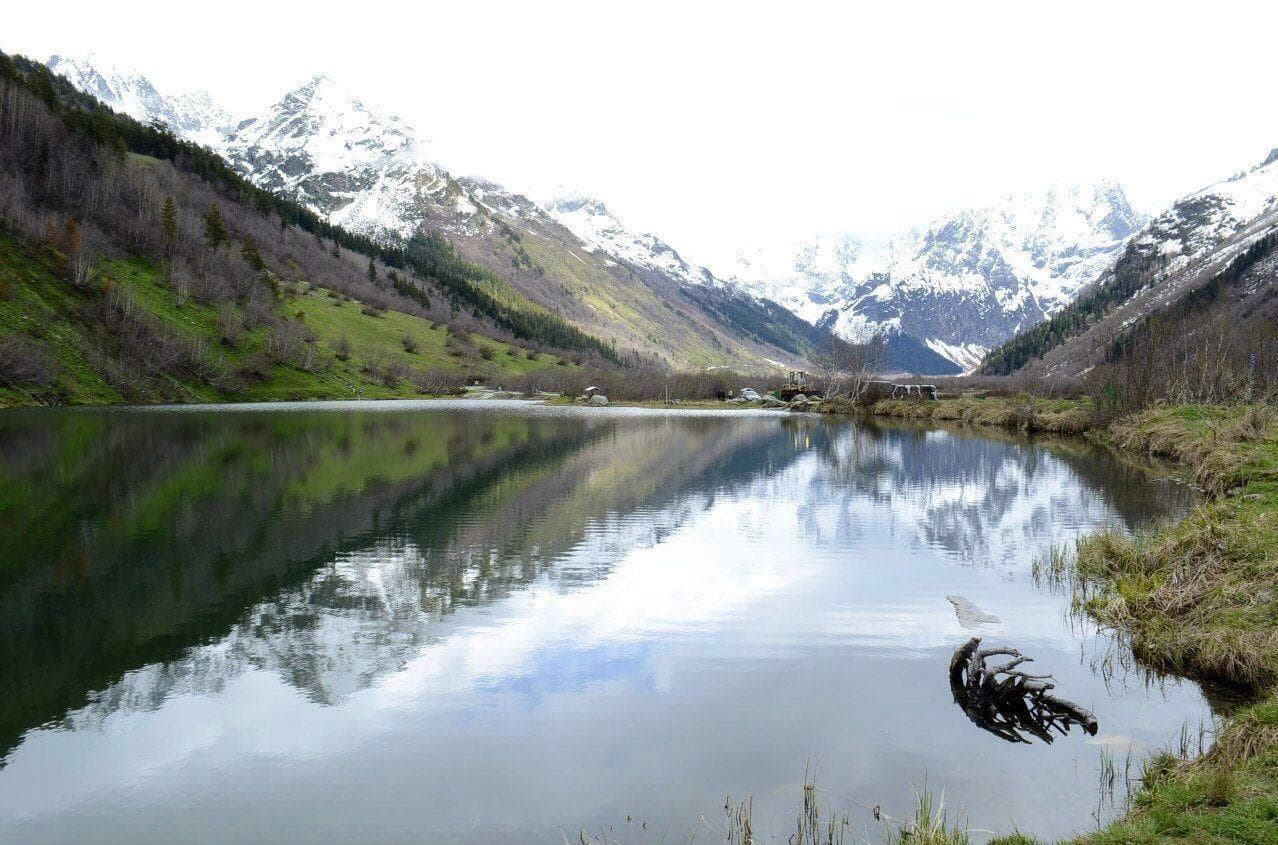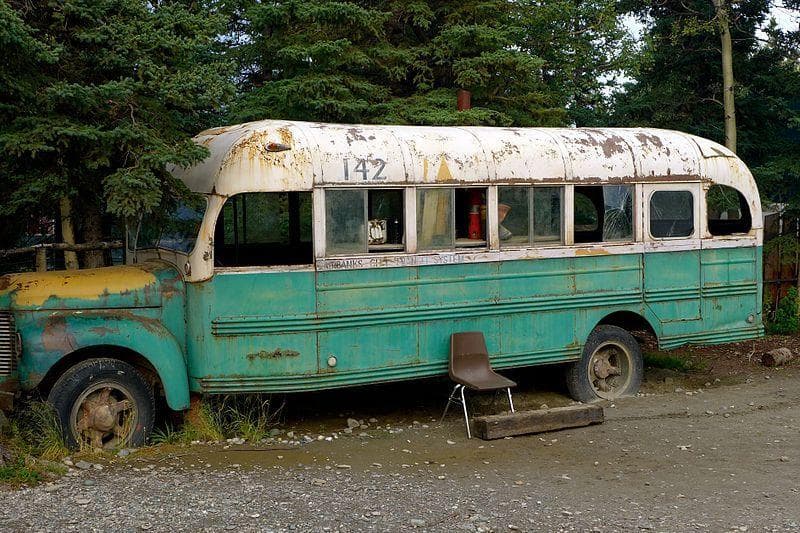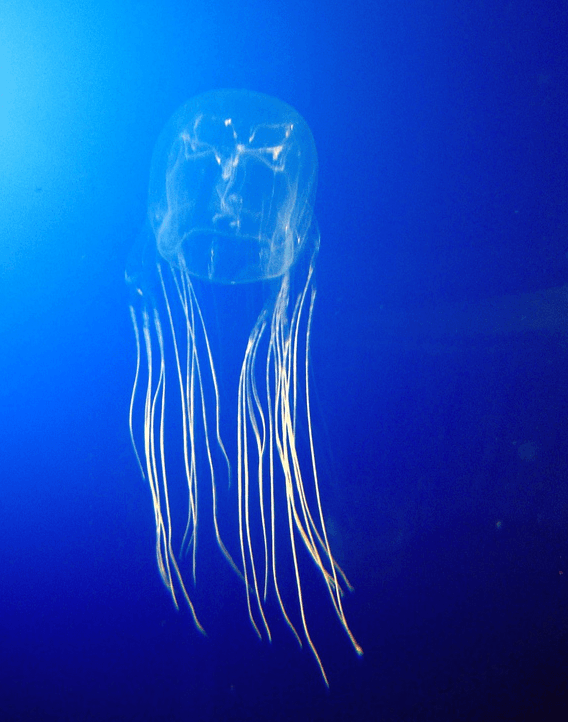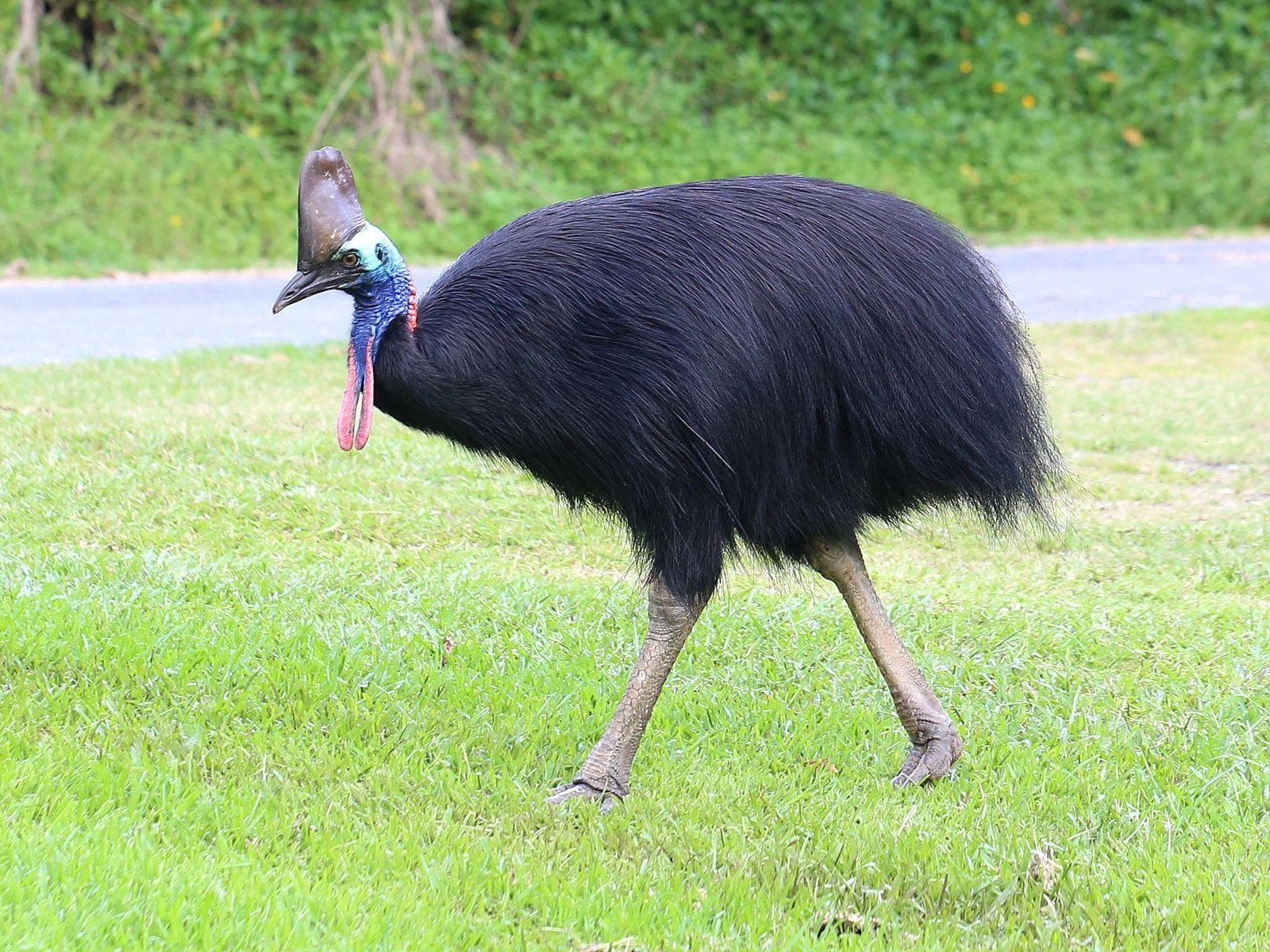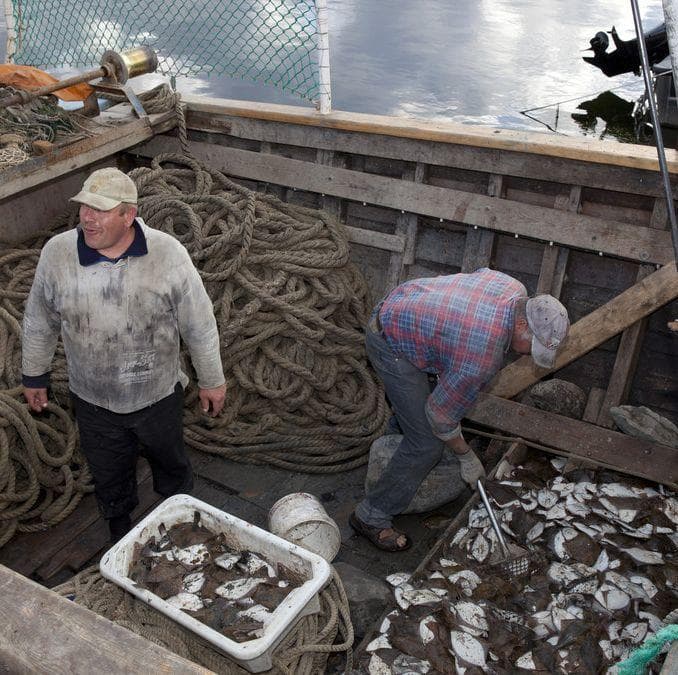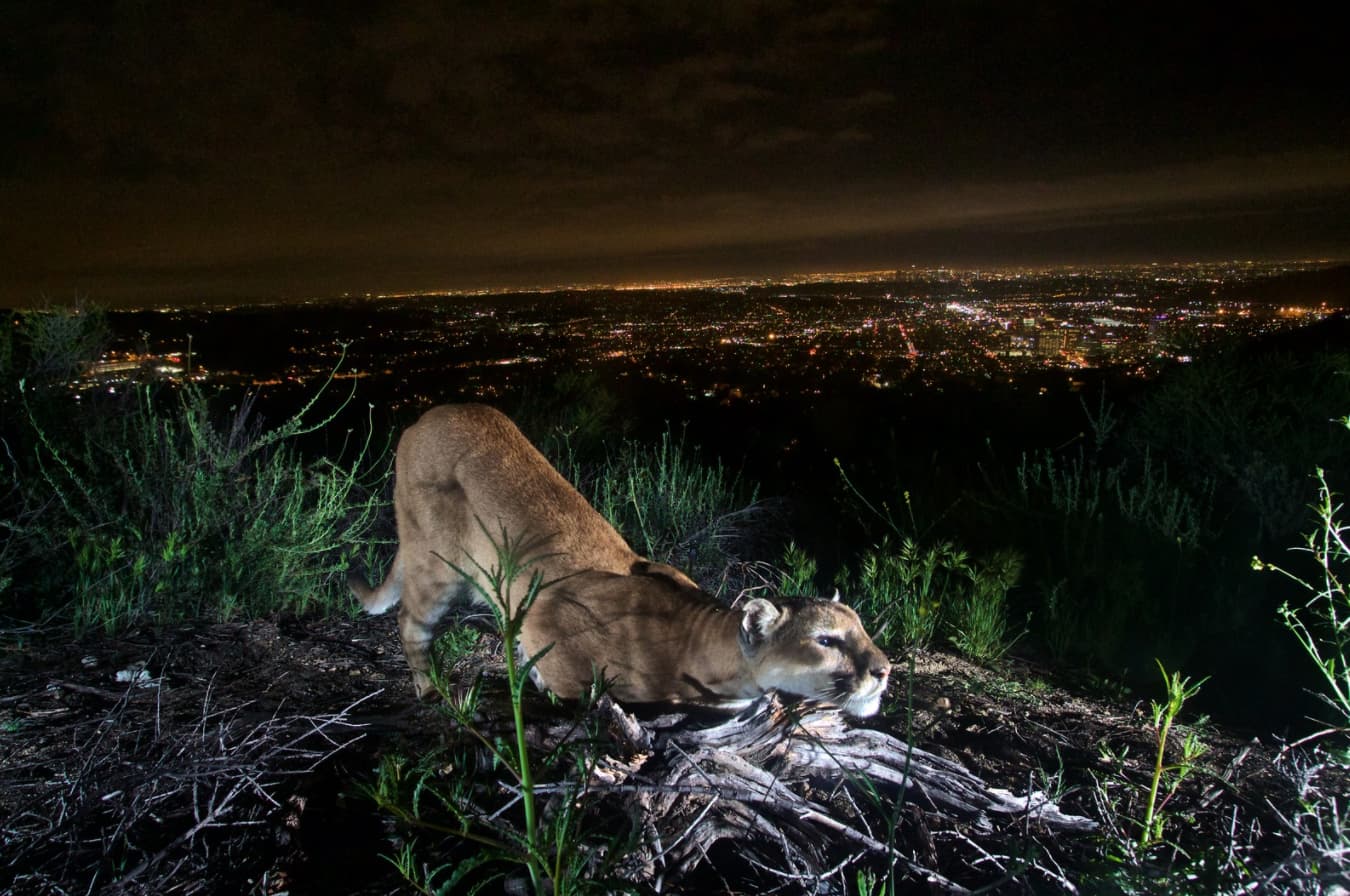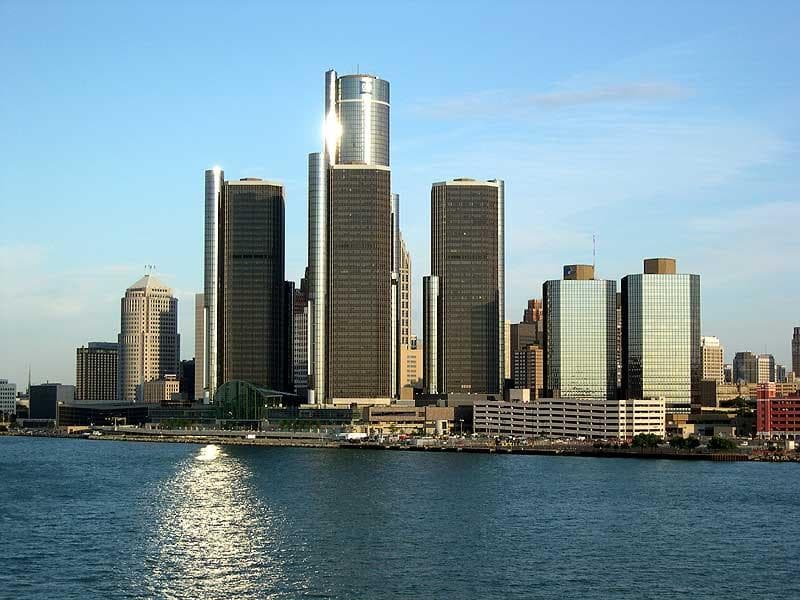-
(#28) Semeru
- Volcano
Indonesia
Also known as Mahameru ( The Great Mountain ), Gugung Semeru is the tallest peak on the island of Java. Like all the volcanoes in Indonesia, it is a stratovolcano that sits on the subduction zone between the Indo-Australia and Eurasia plates. It has been in a near-constant state of eruption since 1967 and, so far, all the recorded eruptions have been moderately small ( VEI 2 and 3). Currently, the clockwork activity of the volcano is located at Jonggring Seloko crater in the southeast. Typically, eruptions happen every 20-30 minutes in the form of ash emissions and projectiles ejected onto the rim. While this doesn't sound very scary, more than 500 people have been killed by Semeru over the last 30 years.
Unlike some other volcanoes on this list, Semeru's sediment yield does not decline post-eruption because of the daily supply of pyroclastic debris from the cone which is then re-mobilized during the rainy season as mudflow and lahars. The city of Lumajang, with a population of over a million people, is inside the lahar reach zone. If Semeru were to erupt more vigorously in the future, it would be catastrophic.
-
(#36) Mount Karthala
- Volcano
Comoros
The only active volcano in the three-island nation of Comoros between Africa and Madagascar, Karthala is moderately young at around 130,000 years old. It is classified as a Hawaiian-type shield volcano with about 2.5 miles of it submerged in the ocean. More than 20 eruptions have been recorded since the 19th century from the summit caldera and vents on the flanks; multiple lava flows reaching the sea on both sides of the island. An 1860 lava flow from the summit caldera traveled 8 miles, all the way to the capital city of Moroni. Strangely, Karthala's behavior changed after 1995. Before that year, volcanic activity occurred only about once every decade, but since then it has stepped up and now erupts almost annually.
In 2005 Karthala had a larger eruption when large lava flows and deadly gas evacuated 20,000 people. The scale of the eruption highlighted how unprepared the population was for such an event - making this volcano markedly more dangerous. That, plus the fact that it is not well-studied nor even understood jumps its danger up even higher. The eruption, only realized two hours before, dumped ash up to five meters deep on the island and contaminated scarce water supplies. A larger eruption, were it to happen, might generate ash, poisonous gases such as carbon dioxide and sulphur dioxide, mudslides, earthquakes and it is a possibility (though not probable) that part of the mountain would split off and fall into the sea, resulting in tsunamis.
-
(#29) Mount Etna
- Place
Decade Volcano
Italy
Mount Etna is the largest and most active of the three active volcanoes in Italy, being about two and a half times the height of the next largest, Mount Vesuvius. It is also one of the world's most frequently erupting. From about 35,000 to 15,000 years ago, this volcano experienced highly explosive eruptions and large pyroclastic flows that appear to have reached as far as just south of Rome's border 497 miles away. The deadliest Etna event happened in 1669 when the eruption killed as many as 200,000 people.
Sitting on the active fault between the African plate and the Ionian microplate, Etna is actually a series of nested stratovolcanoes with four distinct summit craters. It is also a volcano on the move, sliding towards the Mediterranean Sea at an average rate of 14 mm per year. It is capable of multiple types of eruptions: effusive, phreatic and explosive. The eruptions the volcano displays regularly pose little threat to the million-plus people living on its slopes, instead the true danger lies in flank eruptions which could potentially cause much more damage as vents and fissures open at lower, inhabited elevations. This, plus the movement of the mountain itself could contribute to a massive landslide which could in turn cause monstrous tsunamis.
This is a very urbanized volcano, especially on its southern side, which is what puts it on the Decade list. It is very important to point out that scientists want it to be clear that there is no known danger any time soon. Hence, this volcano is lower on the list. -
(#13) Nevado del Ruiz
- Volcano
Columbia
Located 80 miles west of Bogota, Nevado del Ruiz is a massive two million year old stratovolcano that has had three major eruptive periods in its history. The current cone formed approximately 150,000 years ago and is capable of large plinian eruptions - the type of eruption that generates extremely dangerous fast-moving pyroclastic flows. The real danger from Nevado, however, is from the glacier that caps it. This glacier, if melted by the eruption, could cause devastating lahars (water mixed with the ash and debris). In fact, back in 1985, just a small eruption produced a lahar so catastrophic that it obliterated the town of Armero in Tolima, causing an estimated 25,000 deaths. This was the deadliest lahar in recorded history. Nevado del Ruiz has generated killer mud flows before, notably in 1595 and again in 1845. Hundreds died in settlements located at the site of Armero, the same site of the catastrophe of 1985. People had forgotten about the dangers Nevado del Ruiz posed and had rebuilt the town in the same place, unwittingly setting the scene for the mass casualties to come.
Scientists actually had been monitoring Nevado del Ruiz back in 85... lahar pathways were ID'd and communities were warned. However, the eruption took place at night and the people of Amero did not get their warning in time. Their deaths, however, inspired better monitoring and disaster planning for volcano-adjacent communities around the world. Currently, over 500,000 Colombians live within 30 kilometers of the volcano, well within the range of a lahar—significantly closer than Armero. -
(#40) Popocatépetl
- Volcano
Mexico
Located 43 miles southeast of Mexico City ( 19 million people), Popocatépetl is a very active stratovolcano in central Mexico. It is the most active volcano in the country, having had more than 15 major eruptions since the arrival of the Spanish in 1519. It was dormant for about 50 years before coming back to abrupt life in 1994. For the most part, Popo (as the locals call it), has mostly sent up regular ash plumes that coat the mountain in a thick blanket of ash. This has the potential to create deadly lahars when mixed with a lot of rainfall.
Popo is a danger to people because of its lahars, its propensity to generate earthquakes, and its proximity to a very large city... but it is last on the list simply because its past eruptive capabilities appear to be of the VEI 1-2 variety and because its activity is so regular. This is not to say that it should ever be ignored, but it can't compete with the dangers of some of the monsters further up the list.
-
(#6) Mount Nyiragongo
- Volcano
Decade Volcano
Democratic Republic of Congo
Nyiragongo is not as well studied, nor monitored as a stratovolcano with its associated hazards should be. Twice in recent history it has had two devastating volcanic eruptions; the first related to its lava lake, and the second from a deadly eruption off its flank. The lava lake itself is somewhat unusual due to the viscosity and high alkalinity of its composition. This allows it to move much more quickly than, say, the lava from a Hawaiian shield volcano... upwards of 60mph. Back in 1977, the crater wall holding the lava lake ruptured and within 30 minutes the entire lake had drained, sending lava flowing to the north, west, and south of Nyiragongo. These lava flows reached up to 62 mph, wiping out several of the surrounding villages and burning almost 300 people alive.
Because of the proximity of Goma, a city of over a million people, the volcano poses a real danger. An eruption in Goma itself from fissures located within a mile of the lake shore that could lead to major explosion, and a lava eruption in nearby Lake Kivu could disturb the carbon dioxide and methane stored in the lake at depth which would lead to the release of an asphyxiating gas cloud that could disperse over a wide area. Either one of these events could lead to catastrophic loss of life.
Unfortunately, the political and humanitarian situation makes it unlikely that the population will heed warnings of an impending eruption and be prepared to evacuate part or whole of Goma as a precautionary measure. Secondarily, the population relies almost entirely on Lake Kivu for drinking water. This reliance is unchanged today and the prevention of enteric disease outbreaks like cholera after a future eruption is a major consideration. These things make Nyiragongo very dangerous indeed.
New Random Displays Display All By Ranking
About This Tool
Volcanoes can be said to be the most spectacular and dangerous geological phenomenon on earth. Active volcanoes are even more dangerous. Some volcanic eruptions are more powerful than the explosion of 20,000 atomic bombs. For example, the Colima volcano is known as one of the most destructive volcanoes in the world, in just a few decades, it has erupted 25 times, with a column of rubble smoke as high as 5,000 meters.
The volcanic eruption is a peculiar geological phenomenon and a manifestation of crustal movement. The red lava flowed out of the ground with the eruption, enough to burn down a bustling city, and the scene was like hell. There is a collection of random 40 of the most dangerous volcanoes in the world.
Our data comes from Ranker, If you want to participate in the ranking of items displayed on this page, please click here.


